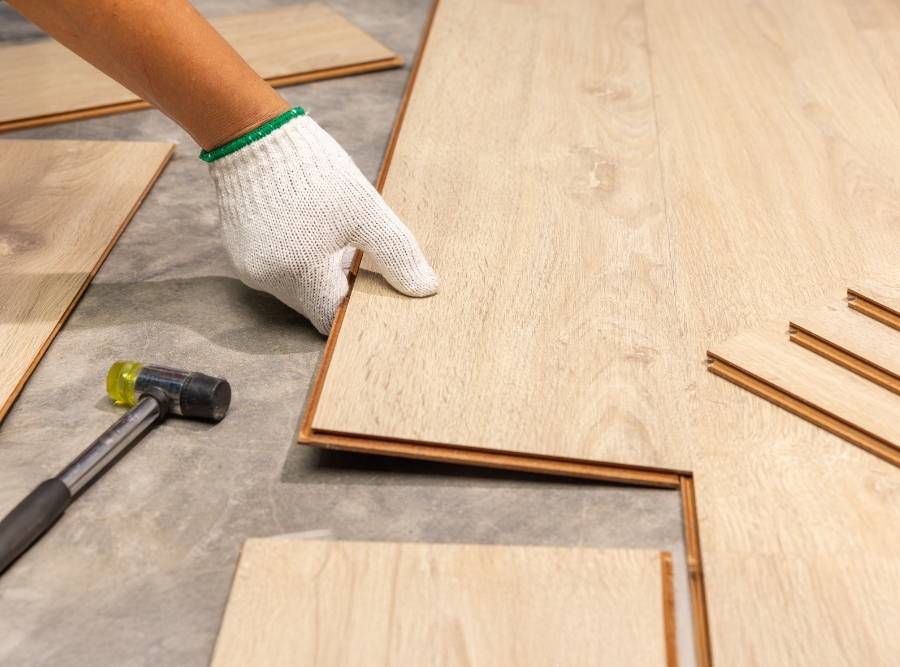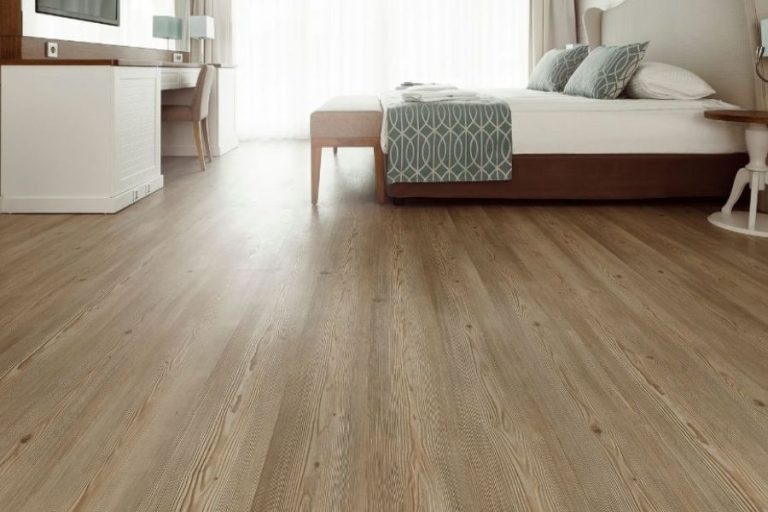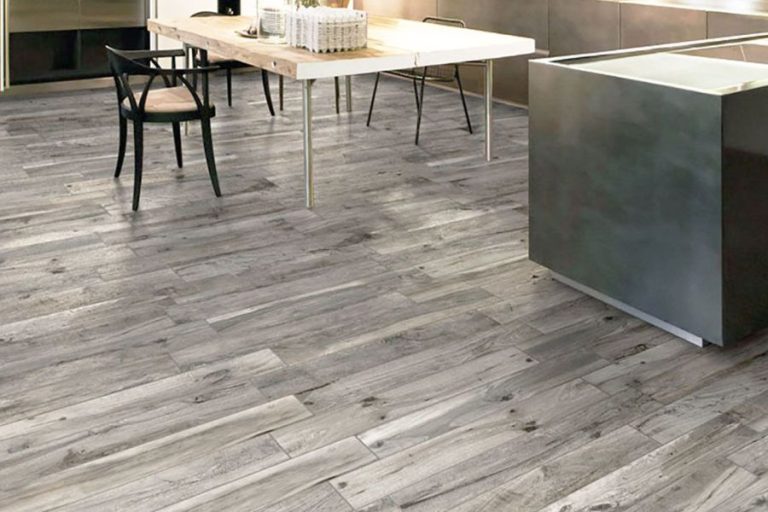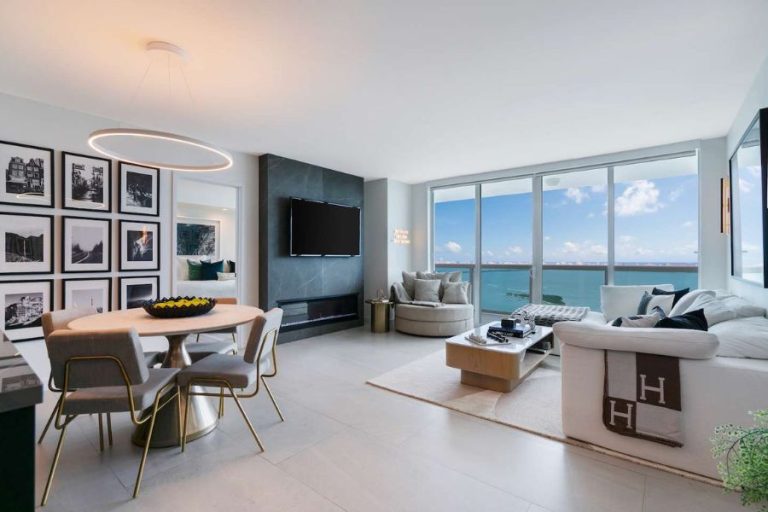Engineered Wood vs. Hardwood Floors: Finding the Right Fit for Your Home
When it comes to choosing new flooring, few options bring warmth and character like real wood. If you’re considering a wood floor, you may be weighing engineered wood flooring against solid hardwood flooring. Both offer timeless beauty, but understanding their differences—especially in coastal climates like Hilton Head—can help you make a choice that looks great and lasts for years.
What Is Hardwood Flooring?
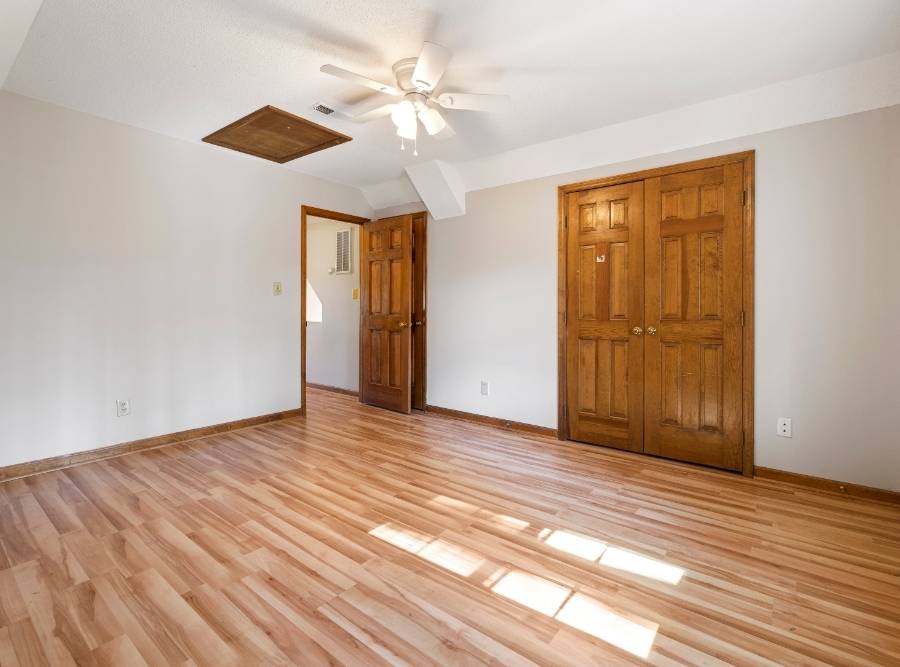
Solid hardwood flooring is made from a single piece of natural wood, typically ¾ inch thick. Each plank can be sanded and refinished multiple times, making it a long-term investment. Common species include oak, maple, walnut, and hickory.
Why homeowners love hardwood:
- Durable and long-lasting – can endure decades of daily life.
- Refinishing options – easily updated with new stains or finishes.
- Classic appeal – adds warmth, elegance, and resale value.
Things to consider:
- Sensitive to moisture and humidity—can warp or cup in damp areas.
- Higher upfront cost compared to engineered wood.
- Best for upstairs or climate-controlled areas where moisture is minimal.
What Is Engineered Wood Flooring?
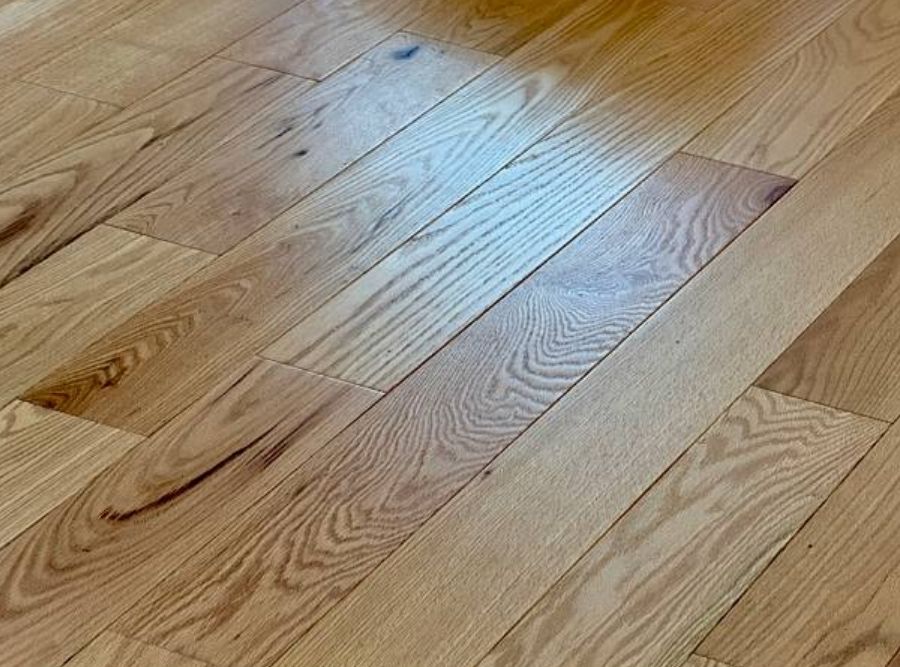
Engineered wood combines a real hardwood top layer with a multi-layer core of plywood or high-density fiberboard. This layered construction makes it more stable than solid hardwood and better suited to handle changes in humidity and temperature.
Benefits homeowners appreciate:
- Moisture-friendly: Handles humidity better than solid hardwood.
- Stable and reliable: Resists warping, cupping, and gaps caused by temperature swings.
- Flexible installation: Can be glued, floated, or nailed, depending on your space.
- Affordable options: Often less expensive upfront than solid hardwood.
- Genuine wood look: The top layer is real wood, delivering the same authentic beauty.
Why Engineered Wood Works Well in Coastal Areas Like Hilton Head
Coastal living is beautiful—but the high humidity, salty air, and fluctuating temperatures can be tough on traditional hardwood floors. Engineered wood offers the perfect combination of style and practicality for homes near the coast.
Coastal-friendly advantages:
- Moisture resistance: Helps prevent warping, buckling, and cupping.
- Can go over concrete slabs: Great for ground-level spaces common in coastal homes.
- Durable under heavy use: Stands up to sand, salt, and frequent indoor-outdoor traffic.
- Authentic wood beauty: Keeps the natural look of wood without sacrificing performance.
- Smart long-term choice: Designed to last in challenging coastal environments.
Quick Comparison: Hardwood vs. Engineered Wood
| Feature | Hardwood Floors | Engineered Wood Floors |
| Material | Solid wood plank | Real wood veneer + layered core |
| Durability | Long-lasting, refinishable | Stable, limited refinishing |
| Moisture Resistance | Low – prone to warping | High – ideal for humid areas |
| Cost | Higher upfront | Often more affordable |
| Installation | Nail-down only | Glue, float, or nail |
Which Flooring Is Right for You?
- Choose Solid Hardwood If:
You want maximum longevity, the ability to refinish multiple times, and your home is protected from excess moisture. - Choose Engineered Wood If:
You’re in a humid or coastal area like Hilton Head, want real wood without the worry of moisture damage, or need a flexible installation option.
The Smart Choice for Coastal Living
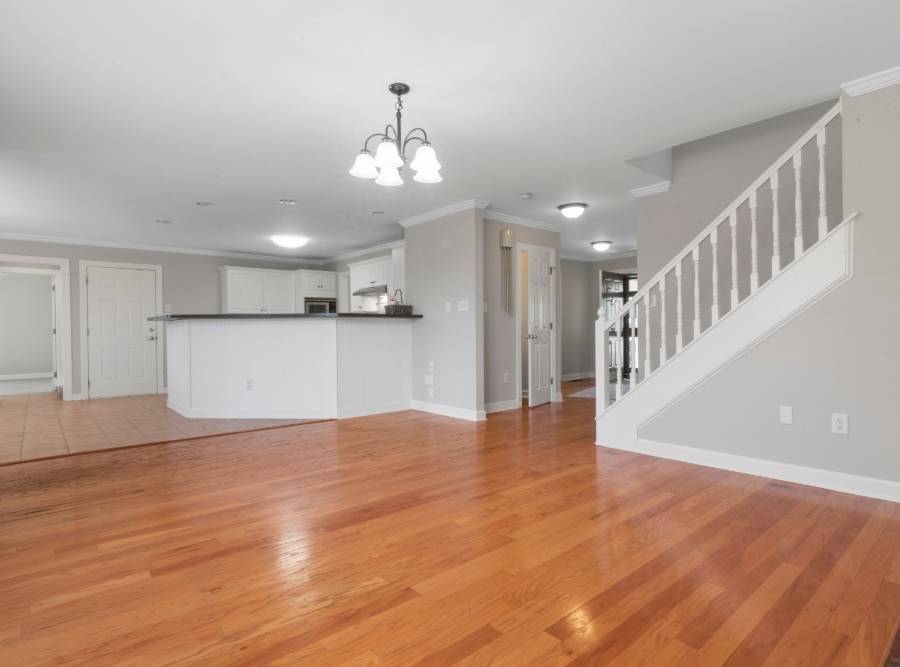
At Lifestyle Flooring, we know that choosing the right flooring is about more than looks—it’s about how your home lives and feels every day. Both engineered wood and solid hardwood bring beauty and value to your home, but in Hilton Head and other coastal areas, engineered wood is often the smart choice. It combines the elegance of real wood with the durability needed for seaside living.

